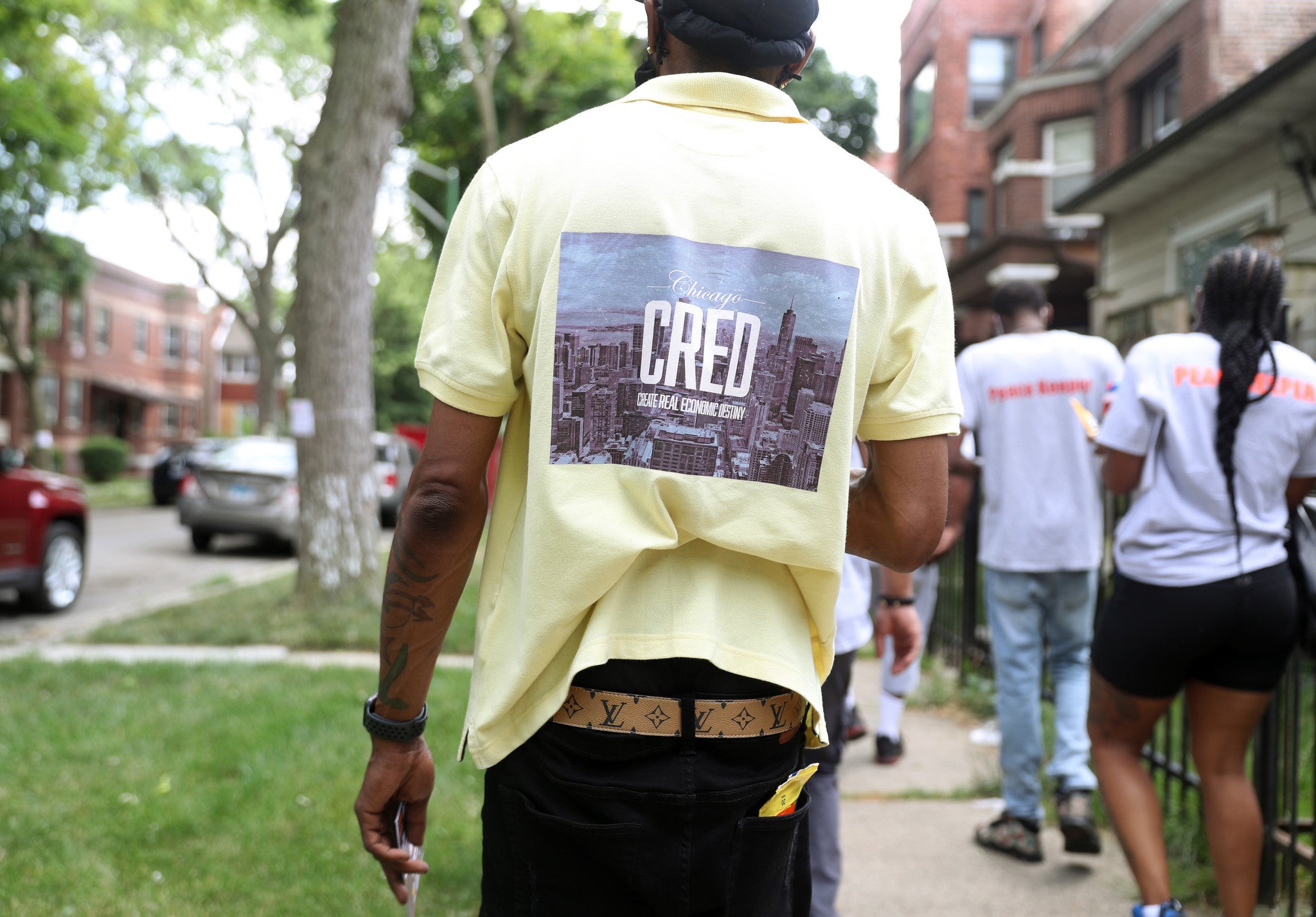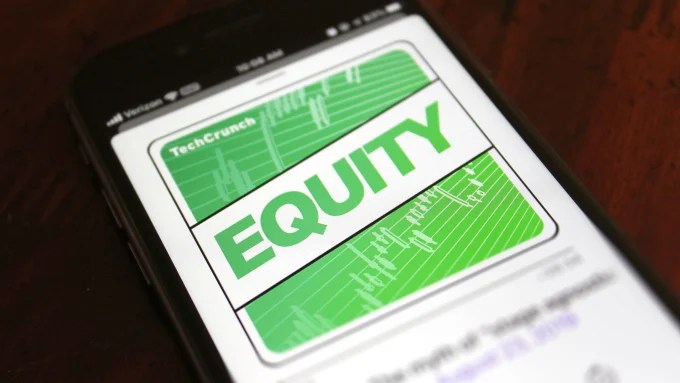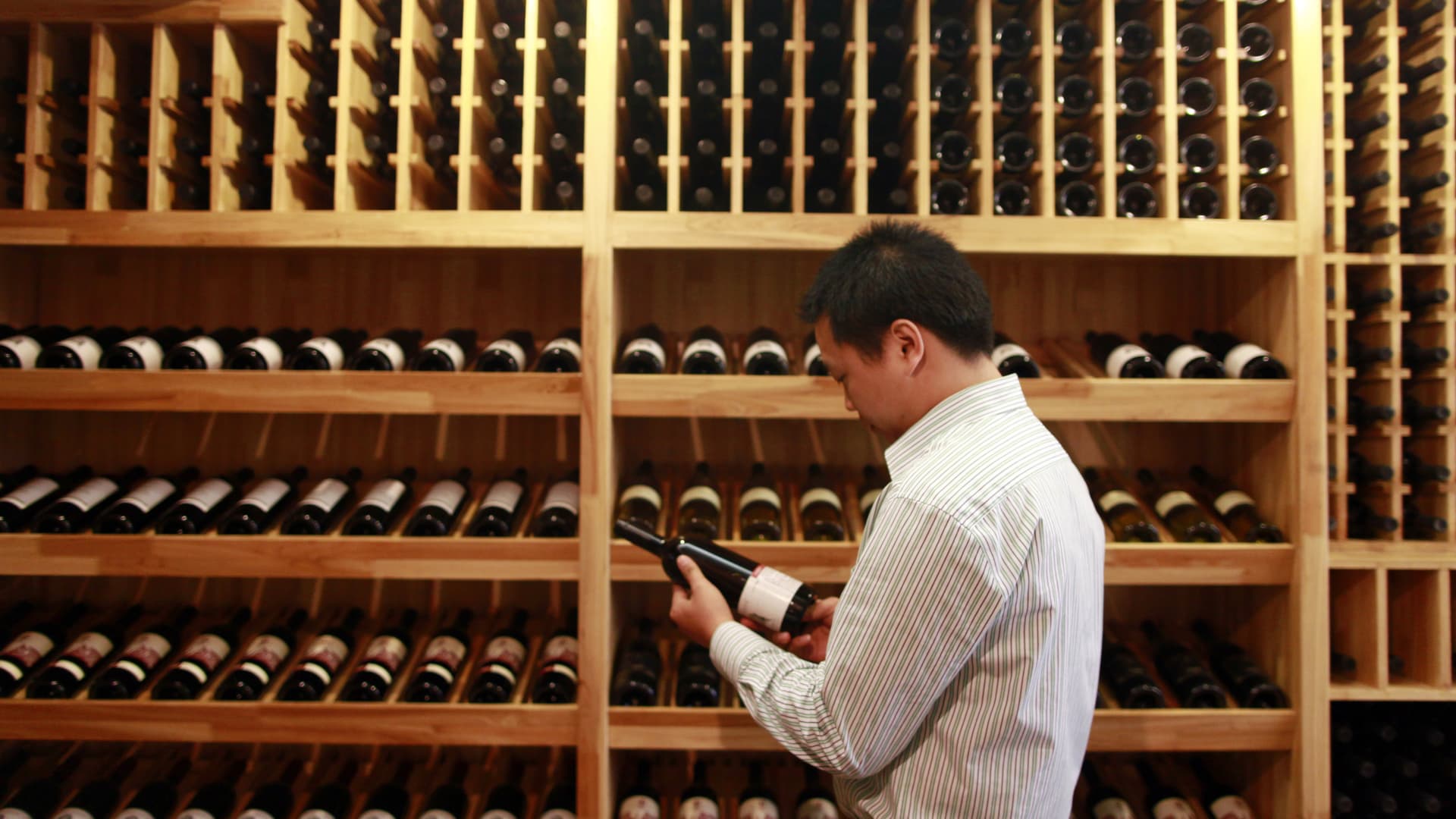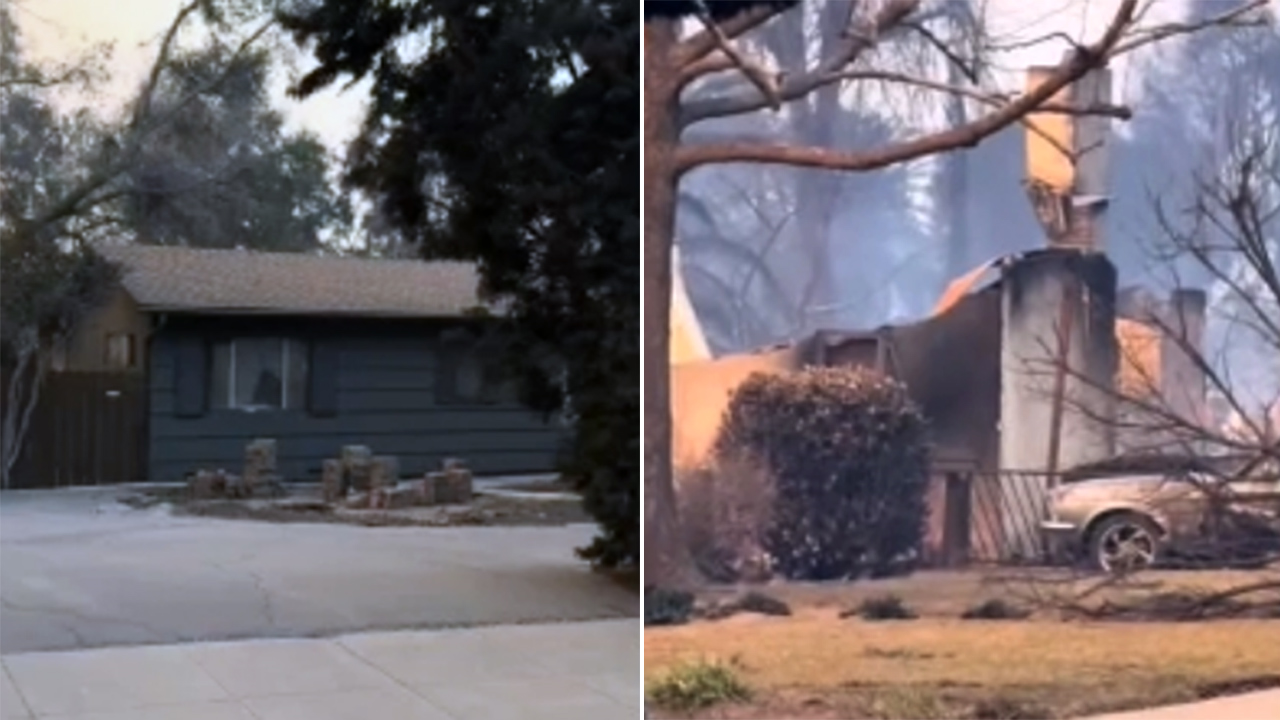
More than 100 people were shot in Chicago over a summer weekend in 2021. One resident, 52-year-old Rick, was among them, and his story might seem like just another shooting in a city wrestling with a gun violence epidemic. But Rick’s injury was distinctive: it stemmed from his everyday heroism as one of Chicago’s more than 200 community violence interventionists.
These “street outreach workers” are unarmed civilians who attempt to reduce gun violence by intervening in gang disputes, mediating violent conflicts and connecting individuals to lifesaving services. As our recent study published in Science Advances documented for Chicago, these workers are more than 10 times as likely as the police to be shot or shot at.
On the day of the shooting in 2021, Rick left his job at a South Side barbershop at around 2 P.M. (We are not using his last name for privacy.) He was driving to his second job as an outreach worker when he noticed someone he’d been looking for: a young man embroiled in a gang conflict who Rick believed was at risk of being shot. Rick pulled over and crossed the street to talk with this person. After unsuccessfully trying to convince the young man to get off the block that day, Rick headed back to his car. Just then, a white jeep sped down the corner, screeching to a halt. Two men jumped out of the jeep and started firing directly at the spot where Rick had been standing just a few seconds earlier. The shooters missed their intended target but critically wounded a nine-year-old girl in a nearby car. A stray bullet ricocheted off the ground, injuring Rick.
Street outreach practice dates back nearly 50 years, ebbing and flowing in its political popularity. Advancing outreach as an essential component of so-called community violence interventions (CVI) has recently gained momentum as the U.S. seeks innovative ways to reduce gun violence without relying on intensive policing and incarceration. Private and public investments in CVI programs have skyrocketed in recent years. In 2021, for example, Chicago nearly tripled its commitment to community-centered violence prevention efforts to nearly $50 million, while in that same year Philadelphia’s violence prevention budget increased to $155 million. President Joe Biden’s Build Back Better Act includes nearly $5 billion to support CVI programs. Although prior research on the impact of outreach-based programs is mixed, recent efforts in Chicago and Baltimore are showing promising early results.
CVI efforts are built on the expertise and especially the labor of people, such as Rick, who are willing to immerse themselves in neighborhood disputes to stop violence. One of an outreach worker’s main tools is their deep knowledge of local neighborhood networks, especially individuals involved in gun violence and gang disputes. Often this comes from the worker’s own lived experiences and prior involvement in street life. To do this job well, outreach workers must be able to understand and insert themselves into the tangle of neighborhood conflicts and networks that all too often lead to shootings. When he was shot, Rick was in the process of retrieving his neon orange work shirt that signaled he was a peacemaker.
Yet we know very little about this essential workforce. Until recently, scholars, policymakers and even many practitioners paid little attention to the demands or working conditions of this lifesaving job.
In a unique collaboration between outreach professionals and researchers, we co-designed and conducted a first-of-its-kind survey of nearly all outreach workers in Chicago. As we described in our Science Advances paper, emerging results from this survey are revealing some of the hidden costs of violence prevention work. Frontline violence prevention workers are exposed to violence at alarmingly high levels.
We found that nearly 60 percent of outreach workers in Chicago witnessed a shooting attempt and 32 percent witnessed someone being shot right in front of them while doing their job. More than half (52 percent) of workers witnessed a client die from violence.
Outreach workers can also become the victims of violence, typically as unintended targets. Our survey found that 20 percent of outreach workers in Chicago reported being “shot at” while carrying out their duties, and 2 percent reported being actually shot.
If this rate of on-the-job violence seems high, it is—even for traditional first responders. In 2020 76 Chicago police officers were “shot or shot at” while doing their job—a record high that is still less than 1 percent of the city’s sworn police officers. In that same year about 12 percent of outreach workers in our survey reported being shot at on the job.
Such high levels of exposure to violence have another hidden cost: elevated levels of trauma related not only to outreach workers’ own exposure to violence but also to that of the people they have forged deep connections with, especially when a client is injured or killed. In a 2021 survey, nearly all (94 percent) of outreach workers in Chicago reported at least one indicator of secondary traumatic stress—the stress associated with caring for traumatized people—during the preceding week. Such symptoms include feeling emotionally numb, avoiding people and places, or having memory gaps or trouble concentrating.
As a case in point, after being shot and witnessing the injury of the nine-year-old, Rick left his outreach job. “I wasn’t sleeping. I was anxious all the time. This stuff was just weighing on me. I couldn’t do it anymore. I had to step away, man. It was too much pain,” he says.
What Does It Mean?
Now, more than ever, the country needs violence prevention infrastructure—a system of services, professionals and organizations that focus on holistically providing community safety and preventing gun violence. In our effort to “do something” about gun violence, however, we must prioritize the health and safety of workers on the front lines of the U.S.’s gun violence epidemic. Doing so requires two things.
First, we must acknowledge the risks outreach workers take and honor the sacrifices they make in their effort to build safer communities. This means treating civilian outreach staff with the same respect with which we treat other first responders and frontline health care workers. In Rick’s case, this might have meant ensuring that his injury didn’t go unrecognized. We also must continue to develop innovative measures to further reduce risks of injury for outreach workers.
Second, we should draw inspiration from measures to support other first responders, health care workers and members of other professions that experience high levels of on-the-job trauma to devise ways to keep violence preventionists safe and healthy. As an essential first step, support services should screen violence prevention staff for trauma or other health needs.
As CVI efforts proliferate across the country, our research findings demand that we develop ways to ensure the health and safety of this burgeoning profession. This means allocating funding not just to hire interventionists but also to invest in the organizational infrastructure and human resource needs required to adequately support such a workforce. Providing adequate medical and life insurance as well as on-the-job wellness initiatives are also vital.
We must clearly see the opportunity before us—not simply to expand the footprint of CVI work but to restructure the work in ways that promote the dignity of workers and represent investments in the communities they serve. For too long, haphazard and insufficient funding of such programs—alongside difficult working conditions—has sent a message that these overwhelmingly Black and brown workers are disposable. CVI efforts in communities impacted by gun violence deserve the same level of investment in their efforts and workforce as other public health and public safety efforts.

























































